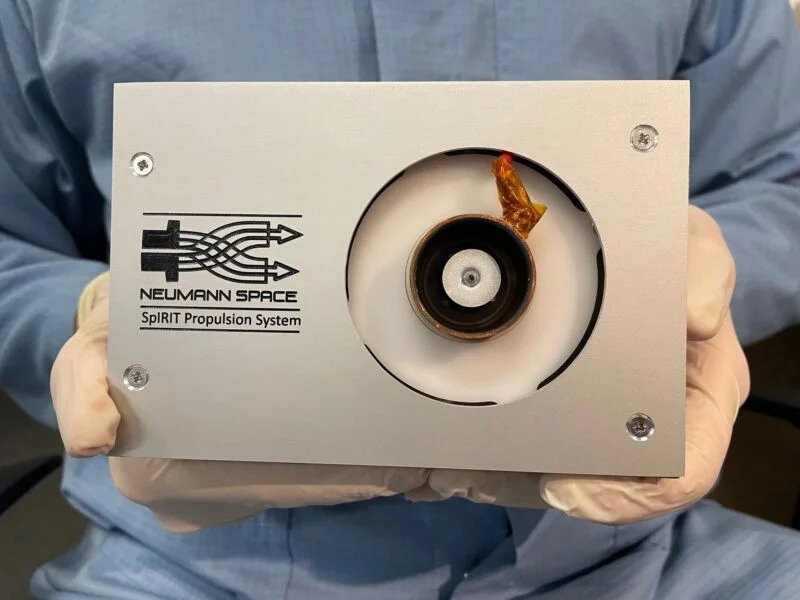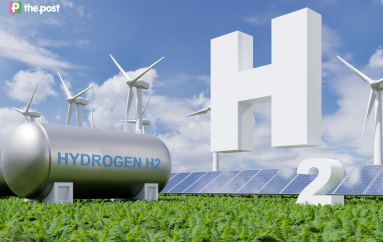Orbiting Neumann thruster empowers local space startup
The successful launch of South Australia’s radical metal-powered Neumann Drive yesterday could reshape the future of Australia’s embryonic space industry.
Developed by Neumann Space, the drive was sent into orbit aboard a SpaceX Falcon 9 rocket that launched from Vandenberg Space Force Base in California at 7am Tuesday Adelaide time.
The Lot Fourteen-based company is now waiting for the satellite to establish a telemetry link with the ground to then begin testing the drive, which is a rod that can use metals found in space to propel spacecraft. The drive sent to space this week will test molybdenum as a propellant under “real world” conditions.
If successful, the Neumann Drive will provide spacecraft with an efficient and scalable in-space electric propulsion system that allows for refuelling through in-situ resource utilisation (ISRU) of space debris, according to Neumann Space CEO Herve Astier.
He said the drive promises to be a relatively cheap, simple, lightweight, safe and reliable propulsion system to steer satellites away from debris, increasing space traffic and “deorbit” satellites once their useful lives are over.
“Today, we have moved our work from the laboratory to space,” Astier said.
“This represents a significant achievement for the company and a transition in our focus from research and development to rapid commercialisation worldwide.”
The Neumann Drive’s solid metallic propellant rod can be made on Earth and in space from any solid conductive metals and alloys – including the many tons of various metals already in orbit.
Molybdenum was chosen as the optimal metal for Neumann Space’s pulsed cathodic arc thruster technology. But laboratory tests have shown most metals – including the scrap steels and aluminum currently in orbit – have the potential to be refined as future fuel rods.

The Neumann Drive uses their patented Centre-Triggered Pulsed Cathodic Arc Thruster (CTPCAT) technology to convert a solid conductive fuel rod into plasma and produce thrust. Photo: supplied
The launch is Neumann Space’s first in-orbit demonstrator. But several other satellites are in the process of approval and construction for further flight performance testing.
“Flight heritage will enable us to provide greater detail about the operational performance of our product to customers and ultimately fill the gap existing in the market today,” Astier said, adding that there was “a broad range of Australian and International satellite manufacturers now collaborating with us to test and refine the Neumann Drive’s performance as we together seek to deliver better mobility in space.”
Last week, Neumann Space announced a contract with European microsatellite constructor Space Inventor to integrate a next-generation model of the drive with a 6U EDISON satellite due to be launched in the second half of next year.
It is part of a European Space Agency program designed to give startup companies a boost toward achieving the evidence they need to convince commercial operators of the viability of their products.
This article was originally published in COSMOS. With additional reporting by Jim Plouffe.




